When a patient walks into your office asking why they’re now taking a generic version of their blood pressure pill, what do you say? You might think, ‘It’s the same drug, just cheaper.’ But the real question behind their concern isn’t about cost-it’s about safety, effectiveness, and trust. And the data doesn’t just support generics; it confirms they work just as well as brand-name drugs for nearly every condition.
Generics Aren’t ‘Cheap Copies’-They’re Rigorously Tested
The FDA doesn’t approve generics based on guesswork or cost-cutting. Every generic drug must prove it delivers the same active ingredient, in the same strength, and at the same rate as the brand-name version. This isn’t marketing-it’s science. The standard test? Bioequivalence. That means the generic must release the drug into the bloodstream within a tight range: 80% to 125% of the brand’s levels. For most drugs, that’s all it takes. In 2022, the FDA approved over 1,100 generic drugs. Nearly all of them-97%-are rated ‘A’ in the Orange Book, meaning they’re therapeutically equivalent.
What does that look like in practice? Take amlodipine, a common blood pressure medication. A large 2019 study in PLOS Medicine found patients on generic amlodipine had better cardiovascular outcomes than those on the brand version. The hazard ratio? 0.91. That’s not a fluke. It’s real-world data from over 1.3 million matched patients. The same study found no difference in heart attacks, strokes, or hospitalizations between generics and brands for drugs like quinapril, glipizide, and alendronate.
What About the ‘Narrow Therapeutic Index’ Drugs?
Yes, there are exceptions. Drugs like warfarin, levothyroxine, and tacrolimus have a narrow window between effective and toxic doses. That’s why doctors sometimes worry. But even here, the evidence doesn’t back up the fear.
A 2020 study in Nature Scientific Reports followed transplant patients switching between brand and generic tacrolimus over 42 days. Researchers measured blood levels after every switch. The results? No clinically meaningful differences in drug concentration or rejection rates. The FDA’s own 2017 review of 12 drugs with narrow therapeutic windows found no increase in adverse events or return-to-brand switching when patients were switched to generics.
And here’s something most providers don’t realize: authorized generics-same drug, same manufacturer, just sold under a different label-have even lower rates of patient switching back to the brand. In one FDA analysis, only 1.8% of patients on authorized generics returned to the brand, compared to 2.7% for regular generics. That’s not because the regular generics are worse. It’s because patients believe they are.
Psychiatric Drugs: The One Area With Slight Concerns
Let’s be honest-some studies show a tiny uptick in psychiatric hospitalizations with certain generics. Escitalopram and sertraline showed hazard ratios of 1.05 and 1.07, respectively. But here’s the catch: those same studies found the same pattern when comparing authorized generics to brand-name versions. That means the issue isn’t the generic drug itself. It’s perception.
Patients who’ve been on a brand-name antidepressant for years may feel something’s ‘off’ when the pill looks different, tastes different, or even comes in a different color. That’s not pharmacology-it’s psychology. And it’s why patient education matters more than ever. When you explain that the FDA requires generics to meet the same standards as brands, and that inactive ingredients (like dyes or fillers) don’t affect how the drug works, you’re not just calming fears-you’re improving adherence.

Real-World Outcomes: Survival, Hospitalizations, and Cost
A 2020 study tracking 3.5 million Medicare beneficiaries found something surprising: patients on generics had higher five-year survival rates than those on brand-name drugs. At first glance, that sounds like generics are better. But when researchers adjusted for health status-using statistical methods to account for sicker patients being more likely to get expensive brand drugs-the gap closed. The real story? Generics don’t outperform brands. They match them.
And the cost difference? It’s staggering. In 2021, generic drugs saved the U.S. healthcare system $377 billion. Since 2009, that number exceeds $2.2 trillion. For providers, that means fewer patients skipping doses because they can’t afford their meds. Fewer ER visits from uncontrolled diabetes or hypertension. Fewer hospital readmissions.
One study showed patients on generic metformin had identical HbA1c levels over two years compared to those on the brand. Same control. Same outcomes. One-tenth the cost.
What Providers Need to Know About the FDA’s Orange Book
The FDA’s Orange Book is your quick reference for therapeutic equivalence. Every approved generic is rated:
- A-rated: Therapeutically equivalent. You can prescribe with confidence.
- B-rated: Not equivalent. Rare. Usually complex formulations like inhalers or topical creams.
Over 97% of generics are A-rated. That means for 97 out of 100 prescriptions, you can switch without hesitation. For the remaining 3%, check the Orange Book. If you’re unsure, ask your pharmacist. They’re trained to flag these.
Don’t be fooled by appearance. A generic pill might be blue instead of green, oval instead of round. That’s just the inactive ingredients. The FDA has confirmed these differences don’t affect absorption, effectiveness, or safety.
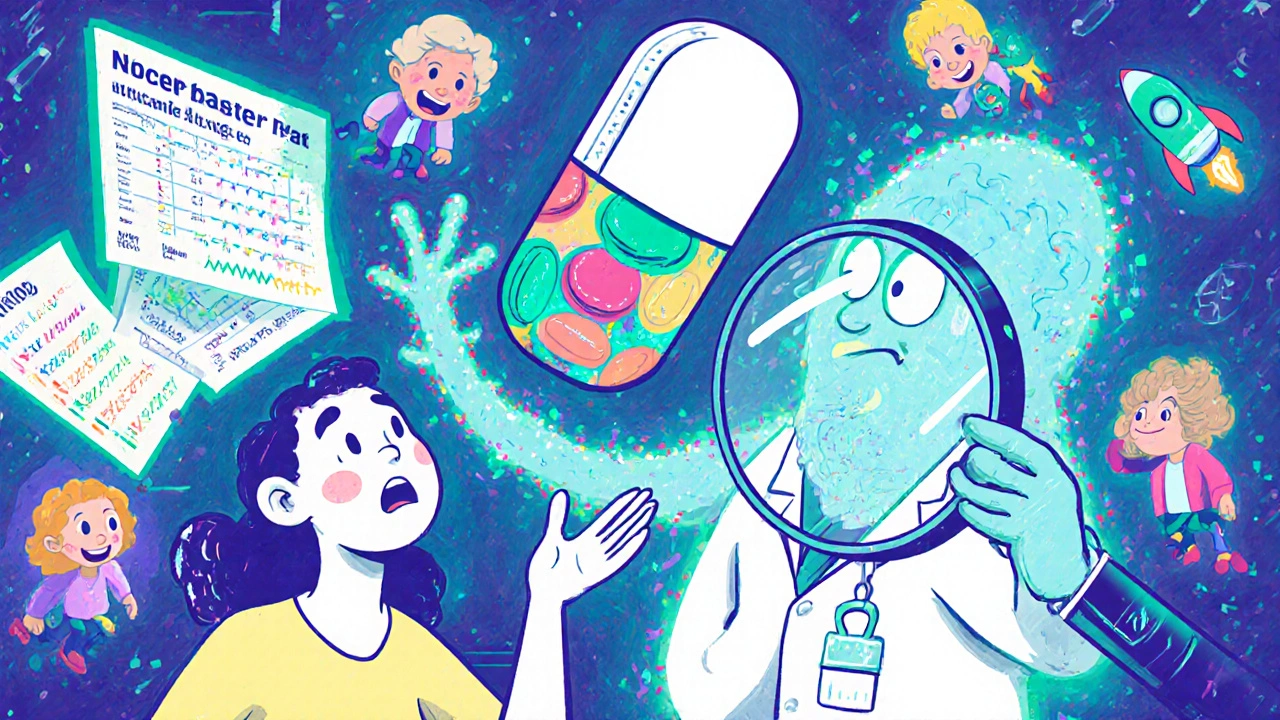
Why Patients Still Hesitate-and How to Address It
Most patients don’t understand how generics are approved. They think ‘generic’ means ‘inferior.’ You can change that.
- Explain the process: ‘The FDA requires generics to prove they work the same way as the brand. That means they have to release the same amount of medicine into your blood at the same speed.’
- Use data: ‘Studies of over a million patients show no difference in outcomes.’
- Normalize it: ‘Most people in this country take generics. It’s how we keep healthcare affordable and effective.’
And if a patient insists on the brand? Don’t argue. Ask why. Often, it’s about past experiences, rumors, or confusion. Offer to check if an authorized generic is available-same manufacturer, same quality, lower price.
The Bigger Picture: Generics Are a Public Health Win
Every time you prescribe a generic, you’re not just saving your patient money. You’re reducing strain on the system. Fewer missed doses. Fewer complications. Fewer hospitalizations. The Congressional Budget Office projects generics will save $158 billion annually through 2027. That’s money that goes back into care-for screenings, for mental health services, for preventive visits.
The science is clear. Generics work. They’re safe. They’re effective. And for the vast majority of patients, they’re the right choice.
Providers who embrace this evidence don’t just save money-they save lives.
Are generic drugs as safe as brand-name drugs?
Yes. The FDA requires generic drugs to meet the same strict standards for quality, strength, purity, and stability as brand-name drugs. Adverse event reports show only 0.02% of all drug-related safety issues involve generics, compared to 3.2% for brand-name drugs. Large studies of millions of patients confirm no difference in safety outcomes across common conditions like hypertension, diabetes, and depression.
Why do some patients feel generics don’t work as well?
This is usually due to perception, not pharmacology. Generic pills often look different-different color, shape, or size-because they use different inactive ingredients. Some patients associate these changes with reduced effectiveness. Studies show patients who switch from brand to generic sometimes report side effects that don’t actually exist, a phenomenon called nocebo effect. Education and reassurance from providers can significantly reduce these concerns.
Do generics take longer to work than brand-name drugs?
No. Bioequivalence testing requires generics to release the active ingredient into the bloodstream at the same rate and to the same extent as the brand. For example, studies on generic antibiotics, pain relievers, and blood pressure medications show identical time to peak concentration (Tmax) and overall exposure (AUC). If a generic worked slower, it would fail FDA approval.
Can I switch a patient from a brand to a generic without monitoring?
For most drugs-like statins, metformin, or lisinopril-yes. For narrow therapeutic index drugs (e.g., warfarin, levothyroxine, tacrolimus), it’s wise to check levels shortly after switching. But even here, large studies show no increase in adverse events or loss of control when switching to approved generics. The key is knowing which drugs fall into this category and using the FDA’s Orange Book to guide decisions.
Are authorized generics better than regular generics?
They’re identical in active ingredient and performance. The only difference is who makes them. Authorized generics are produced by the original brand manufacturer and sold under a generic label. They’re often preferred by patients because they look and feel the same as the brand. But regular generics, made by other companies, are just as effective. The FDA treats them the same way.
Why do some insurance plans push generics so hard?
Because generics save money-without sacrificing care. Generic drugs cost 80-85% less than brand-name versions. In 2021 alone, they saved the U.S. healthcare system $377 billion. Insurance plans encourage generics to keep premiums lower and ensure patients can afford their medications long-term. Studies show patients on generics are more likely to stay on their meds, which reduces overall healthcare costs.



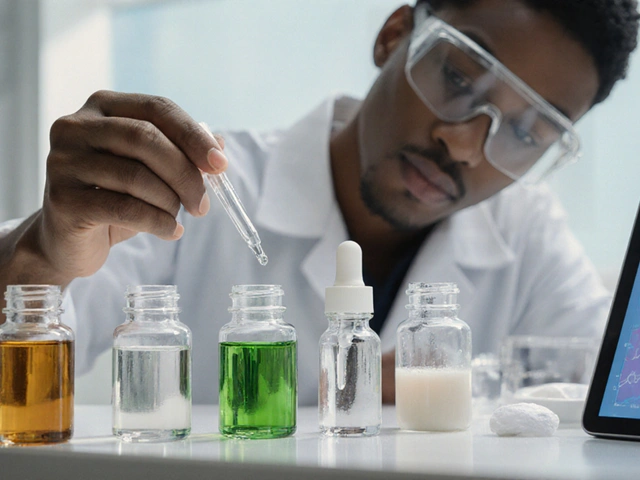
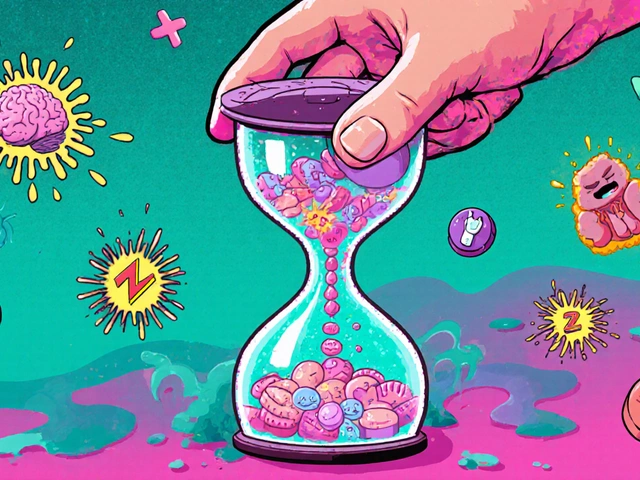
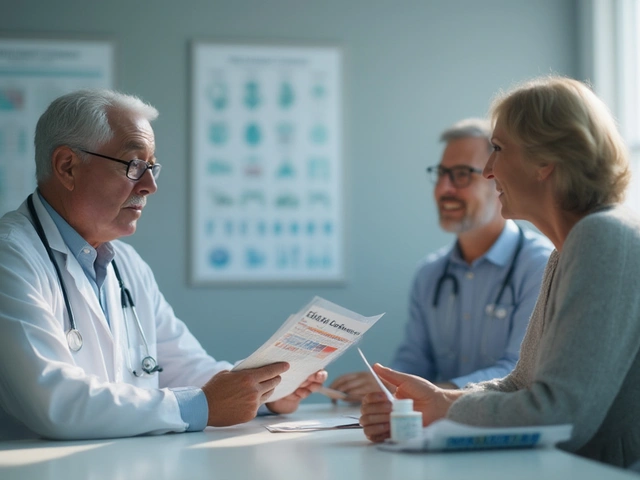
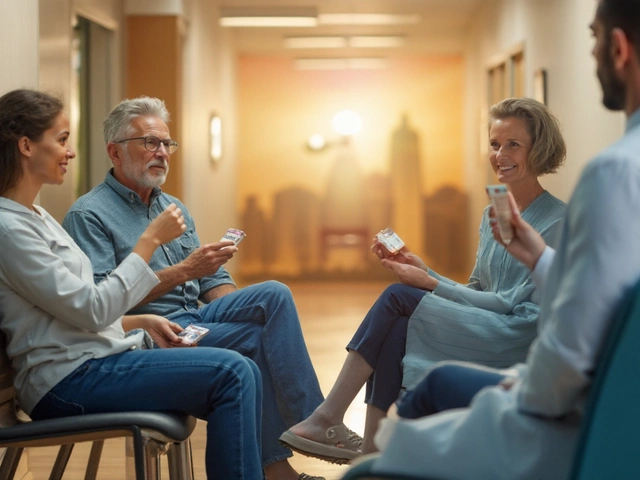
Comments
mike tallent
November 16, 2025 AT 13:11 PMGenerics are the unsung heroes of modern medicine 🩺💪. I’ve seen patients who couldn’t afford their brand-name meds go from ER visits to stable, healthy lives just by switching. The data doesn’t lie - it’s not magic, it’s science. And yeah, sometimes the pill looks weird, but your blood pressure doesn’t care what color it is.